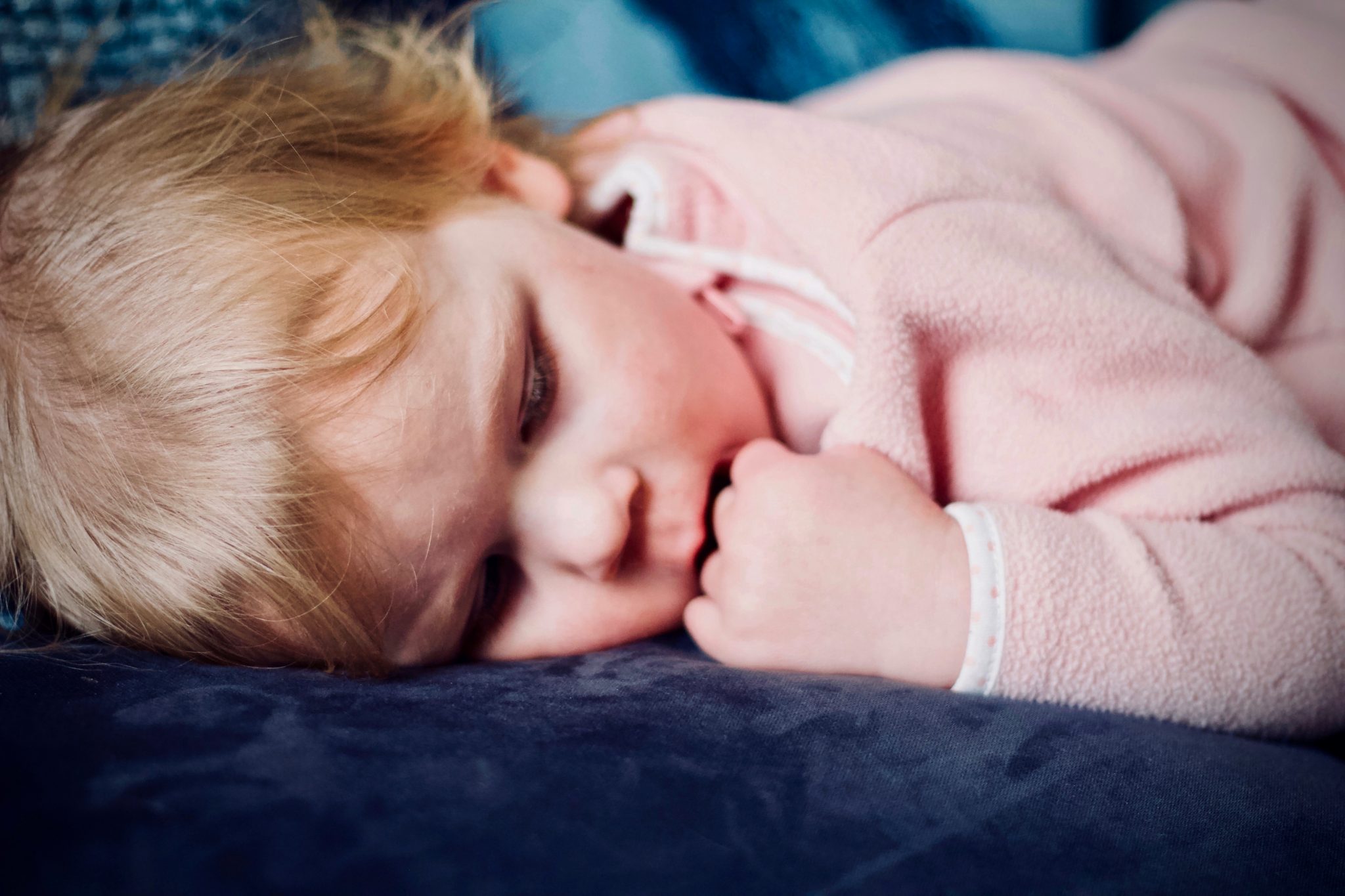Primary caregiving relationships in the education and care sector help to build strong foundations for children’s development. It’s not only children who benefit from this close engagement but parents and colleagues as well. The effects of sleep and primary caregiving in ECEC are far-reaching.
Children who feel a strong sense of trust and connection with their educator/care provider are able to behave in a more authentic way. When children are stressed, their primary caregiver provides a buffer and helps the child to regulate their behaviour. Awake times and sleep periods are both positively impacted by high-quality relationship-based care.
So, what is primary caregiving?
Primary caregiving is a relationship-based approach to care. Another name for this is key educator-led practice. It essentially means that children who are being cared for are assigned one educator or carer who is primarily responsible for the child’s care. Instead of a ‘group’ approach to care, one person provides continuous support, nurturing and guidance. In the absence of the primary carer, another familiar person provides a backup base for the child’s care.
Sleep and primary care providers
Many of us working in the area of early childhood appreciate that most young children need a daytime sleep until the preschool years. Sleep serves some very important biological and psychological functions. It’s easy to fall into the trap of thinking there’s not much going on when a child is sleeping, though this is far from the truth.
When they’re sleeping, children conserve energy, release growth hormones and consolidate memories. All of these tasks help children to be the best version of themselves and develop to their potential.
Tired children do not eat well, aren’t keen to play and tend to not want to socialize. They’re also more likely to be grumpy and irritable and have little tolerance. Essentially, tiredness and sleep deprivation can impact every aspect of a child’s life.
As primary caregivers, you play a vital role in providing sleep opportunities for every child in your care.
What’s the priority when it comes to sleep?
You have a close understanding of the personalities and temperaments of the children in your care. And because of your connection with them, this helps with early detection and changes in their mood and behaviour. Sometimes it’s hard to describe what our observations can be. Just having a ‘sense’ that something is not right with a child is enough to warrant closer observation. Children who are unwell often want to sleep more. Frequently, one of the first signs of incubating an illness is changes in sleeping behaviour.
Where possible, it’s important to be flexible and let each child have some (supervised) freedom when settling for sleep. Once a baby can roll safely both ways, let them find their own preferred sleeping position and take a little time to settle and explore ways of self-soothing.
It’s all about connection
Value sleep and settling times as an opportunity to ‘top up’ a child’s emotional cup. They will need your help to manage any challenging emotions. Be emotionally available and sensitive to the child’s experiences. Try to make some special, one-on-one time each day to spend with each child. Look for opportunities during settling to practise mindfulness as you share the same quiet space with a child.
Not all aspects of care are flexible:
- Always follow the safe sleeping guidelines.
- Follow the sleep and rest policies in your workplace. If in doubt, check with your manager.
10 Sleep tips in primary care giving
- Be sensitive to the cues or signals children display when they’re tired. Most children have a short window of time between showing tired signs and dropping off to sleep. Missing this timeframe can lead to overtiredness and more protests when settling to sleep.
- Allow for a little flexibility when settling children in your care. Many factors influence the likelihood of whether a child will drop off to sleep easily or protest a little more. During periods of development, changes are also reflected in how a child settles and sleeps, for example, rolling and standing.
- Aim for consistency when it comes to settling and sleep management. Clear communication with parents and colleagues helps to minimise confusion for the child.
- Respect different values and parenting beliefs, including cultural aspects associated with children’s sleep and rest.
- Provide the children in your care with the opportunity to sleep and rest away from other interactive groups. Remember, an unstimulating, quiet space is more conducive to sleep.
- Balance play activities with quiet time, rest and sleep. Like the adults who care for them, children need a healthy balance of activity, rest, sleep and recovery each day. Each of these states is as important as the others.
- Have a routine for the children in your care and always follow their sleep cues. Where possible, try to always be consistent with sleep practices. Babies and young children are not very flexible when it comes changes in their sleep management. Most children will need your help, as their primary carer, to learn how to soothe and regulate their own emotions.
- View personal care routines, feeding and socialisation opportunities as being balanced with sleep routines. Each is equally important and no one aspect of a child’s care is more important than another. Look wholistically at a child’s needs.
- Where possible, include a special settling ritual with each individual child. This may be singing a particular song or reading their favourite story as part of their wind down to sleep. – Check with each child’s parents to see what’s important for their child and your workplace policy around ensuring you are following safe sleeping guidelines.
- Include your observations of a child’s settling cues and behaviour in your documentation. The behaviour a child displays when going to sleep can be a sign of their emotional security as well as physical condition.
Xplor Education’s Playground app helps educators track children’s sleep and makes it simple to share with families via the Home app.
References
Infant/Toddler Resource Guide | Early Childhood Training and Technical Assistance System (hhs.gov)
Red Nose Safe Sleeping Recommendations | Red Nose Australia
Safe sleep and rest practices | ACECQA
Safe sleeping and resting for infants and young children procedure (education.sa.gov.au)
You might also be interested in…

Blog
How Educators Can Foster Better Relationships with Children
Quality Area 5 of the National Quality Framework focuses on fostering relationships with children to maintain sensitive and respectful connections ….
Read more

Blog
Circle of Security concepts and building strong relationships
Evidence needs to guide every decision we make in the education and care sector. And now, more than ever, research findings ….
Read more

Blog
QA2: Sleep Checks
NQS Best Practices: Childcare 2020 Monitoring sleep for your infants is a critical component of care. Ensuring a safe sleep ….
Read more

by Dean Comeau (Marketing Team Lead)
-
First published: 15 March 2022
Written by: Dean Comeau
